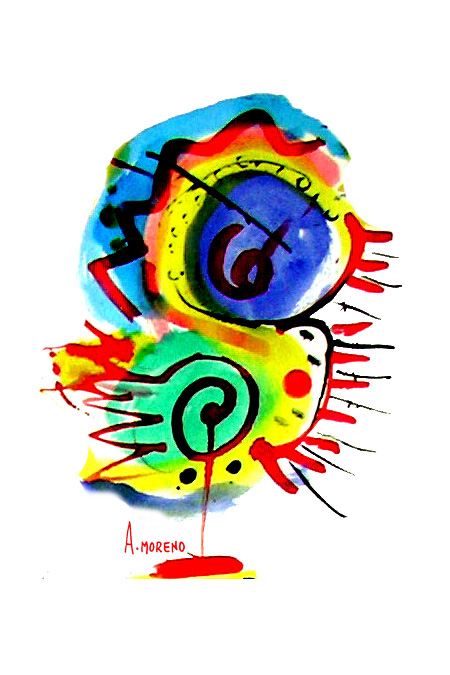Barcelona (Spain), 1-3rd October 2009
So far, most DNA sequences have been obtained with Sanger capillary technology. However, next generation sequencers (NGS) or ultrasequencers are revolutionizing genetics and hence biology since 2005. It is not just a dramatic increase in sequencing speed; it means a change in paradigm that obliges researchers and institutions alike. It is also a tremendous and passionate technological race worth millions.
This conference will focus on the computational and statistical challenges that pose NGS data. These aspects are often neglected, yet are important to successful research. While wet lab prices are steadily decreasing, bioinformatics and statistical analyses have become a serious bottleneck for traditional molecular laboratories. We have broadly organized the conference around two focal points: technology and applications. The first part will embrace bioinformatics, statistical and computational problems. The second will raise some of the most emblematic areas where NGS has exerted a dramatic influence.
The conference is designed to bring together keynote speakers, technological representatives and active researchers in the field so that they can interact in a warm and stimulating atmosphere and in a beautiful venue such as the Casa Convalescencia in Barcelona. To foster interaction, we will leave ample time for discussions, posters will be set up during the whole meeting in the coffee room, and a round table will be held.
The meeting is scheduled for 1-3 October 2009. By that time, the technology will already be rather mature and the whole sector is expected to be growing at an exponential rate. Thus, this is an ideal time to hold an international medium scale meeting (~ 150 people) on the topic.
Next generation sequencing is this generation sequence, and has only just begun.








